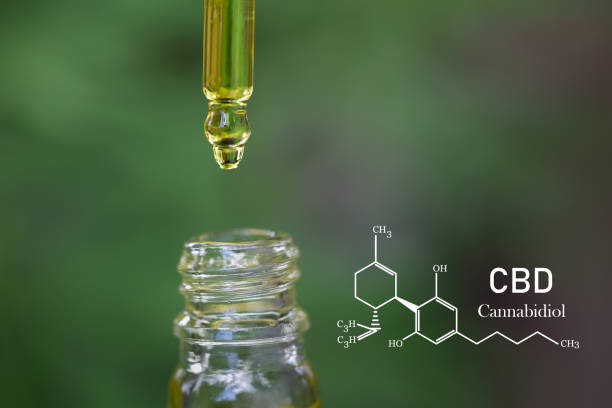Green Cosmetics: Sustainable Ingredients and New Beauty Options
In today’s society, with people’s increasing awareness of health and environmental protection, green cosmetics have gradually become a new choice for consumers in their pursuit of beauty. Green cosmetics not only conform to modern people’s pursuit of environmental protection and health, but also represent a new attitude towards life.
|
Green cosmetics, refer to cosmetics that are harmless to the environment and beneficial to human health during production and use. It emphasizes the use of natural, organic, pollution-free raw materials and avoids the use of harmful chemicals, thereby reducing irritation and damage to the skin. The emergence of green cosmetics has perfectly combined beauty and environmental protection, providing a safer and healthier choice for consumers who pursue natural beauty.
|
What Are Sustainable And Unsustainable Ingredients?
Sustainable ingredients mainly include:
Natural plant extracts: These ingredients are derived from nature and not only have unique skin care benefits, but also do not have a negative impact on the environment during use. For example, many plant extracts are rich in antioxidants and anti-inflammatory ingredients, which can help the skin fight free radicals and inflammation to keep the skin healthy and youthful.
Organic oils: Organic oils are one of the common ingredients in sustainable cosmetics. They are derived from organically grown plants, contain no harmful chemicals, are skin-friendly and easily degrade. Common organic oils include olive oil, jojoba oil, etc., which have the effects of moisturizing and improving skin texture.
Natural fragrances: Compared with synthetic fragrances, natural fragrances are derived from plants or animals, do not contain harmful chemicals, are not irritating to the skin, and emit a natural and pleasant aroma during use.
Unsustainable ingredients mainly include:
Chemical preservatives: Some chemical preservatives commonly used in traditional cosmetics, such as parabens, although they can effectively extend the shelf life of products, may cause irritation and allergic reactions to the skin. At the same time, these chemical preservatives are difficult to degrade during use and cause pollution to the environment.
Synthetic Colors: Many cosmetics add synthetic colors to enhance their appearance. However, these synthetic colors may contain harmful chemicals that are potentially harmful to the skin. Additionally, they are not prone to degradation, negatively impacting the environment.
Artificial Fragrances: Artificial fragrances are often synthesized from chemicals and may contain ingredients that are harmful to the skin. Long-term use of cosmetics containing these fragrances may cause skin sensitivity and allergies.
How Are Sustainable Cosmetics Made?
The manufacturing process of sustainable cosmetics involves multiple steps. First of all, the processing and mixing of raw materials is key, and it is necessary to ensure that the raw materials meet production requirements. Then, the product is prepared according to the product formula, and appropriate amounts of essential oils, spices and other ingredients are added to achieve the uniqueness of the product. The production line then carries out processes such as mixing, heating, cooling, filling and labeling, ensuring that each production link is strictly operated and monitored. Finally, degradable materials are used in the packaging process to reduce environmental pollution.
Why Produce Green Cosmetics?
First of all, it conforms to modern consumers’ pursuit of environmental protection and health, and can meet the market’s demand for pollution-free and non-irritating cosmetics. Secondly, the use of green cosmetics can reduce damage to the skin and reduce the risk of skin allergies and inflammation. Furthermore, the manufacturing process of green cosmetics reduces the negative impact on the environment and is in line with the concept of sustainable development.
How to Choose Green Cosmetics?
1.Pay attention to product ingredients: Choose products containing natural and organic ingredients, and avoid cosmetics containing harmful substances such as chemical preservatives and synthetic pigments.
2.Check the product packaging: Choose products with environmentally friendly packaging materials, such as degradable plastics or recyclable materials, to reduce the impact on the environment.
3.Understand the brand’s background: Choose brands with good environmental reputations that often focus on environmental protection and sustainability in their production processes.
4.Certification mark: Choose products that have obtained relevant environmental protection certifications, such as “green product certification”, “organic certification”, etc. These products are usually more in line with environmental protection standards.








